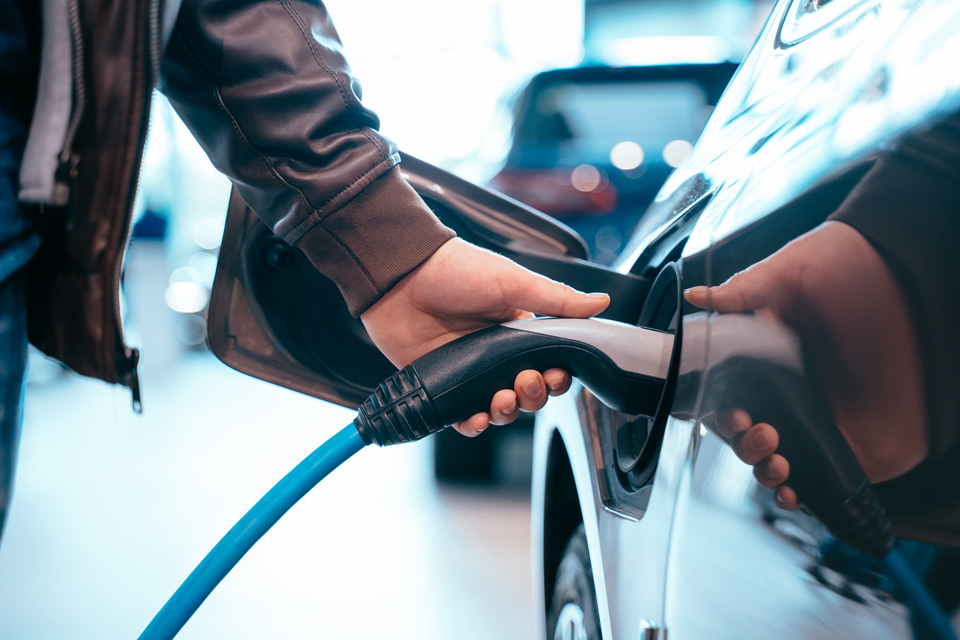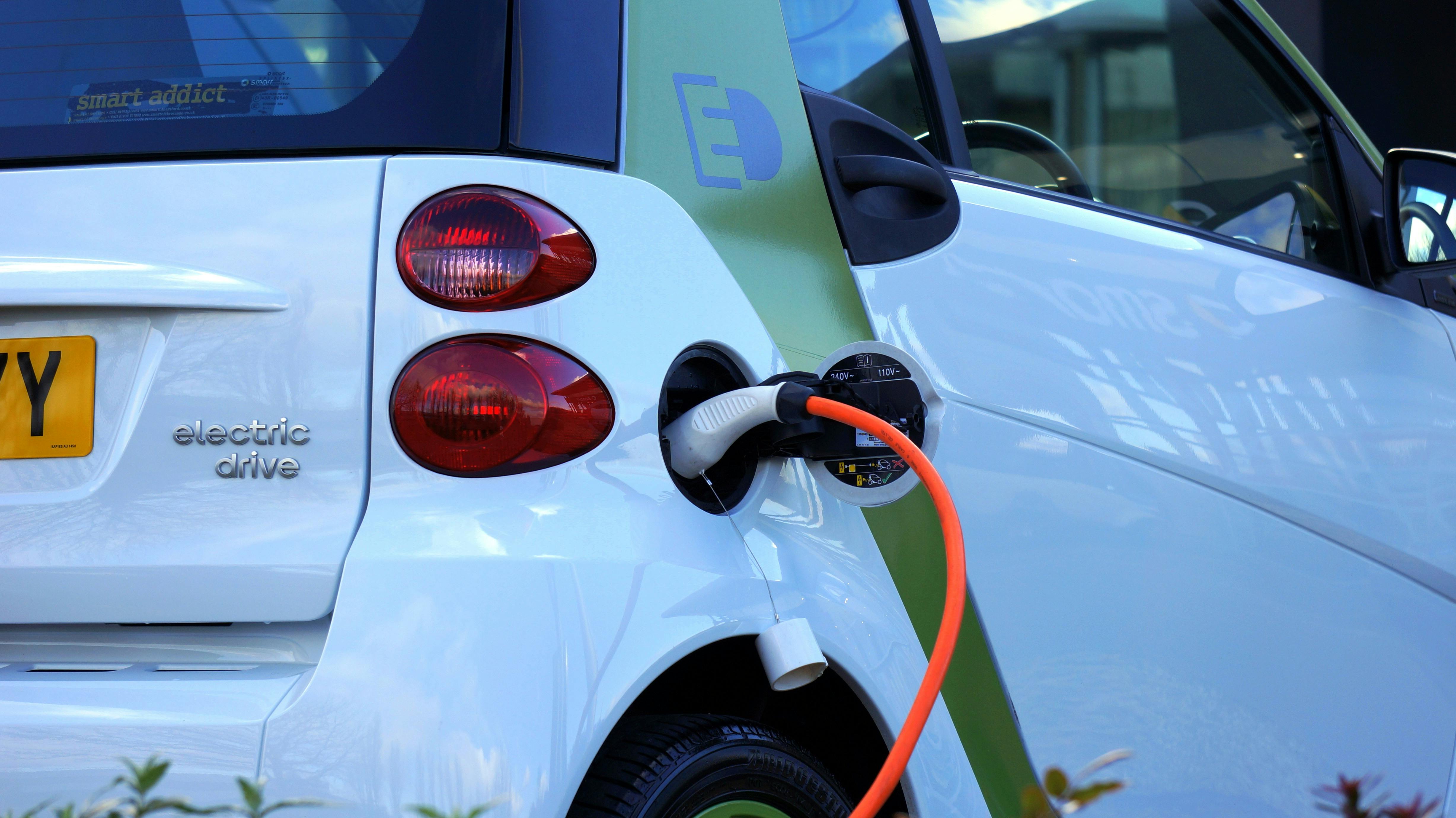
Image source: teksomolika, Freepik, Freepik license
The environmental and economic benefits of electric vehicles (EVs) is well known, but there are barriers to making EVs the standard. Currently, the main barriers to EV uptake are cost, range anxiety (only being able to travel a certain distance before needing to charge) and supply. There are also only a small number of heavy electric vehicle brands here in Australia, posing another challenge to transitioning heavy vehicle fleets to EVs.
 Watch the video
Watch the video
Watch to learn more about ‘Green Transportation VOX Pop - The heavy vehicle industry's transition to
EV’.
 Research and reflect
Research and reflect
Read Australia could rapidly shift to clean transport – if we had a strategy
and FACTS: A Framework for an
Australian Clean TransportStrategy to find out how the transport
sector could be decarbonised.
Document your thoughts to each of the questions presented. When you have finished, select Create document to export your content and keep for later.
Clean energy
Other renewable energies come with their own benefits and challenges. This table outlines a few of them.
| What it is | Benefits | Challenges and Environmental Impacts |
|---|---|---|
| Solar energy (small-scale) |
|
|
| Solar energy (large-scale) |
|
|
| Wind power |
|
|
| Hydroelectricity |
|
|
| Energy storage |
|
|
| Hydrogen |
|
|
 Case study
Case study

Source: Pexels, Pexel license
Liam is a 32-year-old marketing professional living in Melbourne. He earns an annual salary of $92,000 AUD, and his budget accommodates his mortgage and living expenses and allows for modest savings. Liam has a keen interest in sustainability and combating climate change and is considering making a significant lifestyle change: swapping his petrol car for an EV. Having followed the rise of EVs in Australia, he sees switching to one as a tangible step he can take to contribute to the fight against climate change.
Liam's monthly take-home pay, after taxes and superannuation contributions, is roughly $4,300 AUD. His monthly expenses, including mortgage payments, utilities, groceries and miscellaneous costs, total about $3,000 AUD. This scenario leaves him with $1,300 AUD for savings and discretionary spending. With a current savings balance of $20,000 AUD, earmarked for emergencies and long-term investments, Liam is cautious about dipping into this fund without careful consideration.
He makes a list of the pros and cons of buying an electric vehicle.
His pros are:
- significant reduction in carbon emissions and environmental impact
- cheaper running costs and less maintenance due to fewer moving parts
- government incentives, like rebates and reduced registration fees.
His cons are:
- high upfront costs, which would make a significant dent in his savings or require financing
- logistics of charging could be difficult, although there are an increasing amount of charging stations in Melbourne
- limited models available and it might be hard to find one to suit his needs and budget
- waiting times for EV vehicles due to supply problems from overseas.
Liam's decision to buy an EV hinges on balancing his environmental ideals with financial pragmatism. The pros are compelling, notably the environmental benefits and lower running costs. However, the cons, including the high upfront cost and current limitations in charging infrastructure, present significant hurdles. Liam decides to do further research into EV models that fit his budget, potential financing options, and a deeper exploration of Victoria’s incentives that could make his transition to an EV more feasible.
Background Colour
Font Face
Font Kerning
Font Size
Image Visibility
Letter Spacing
Line Height
Link Highlight
Text Colour